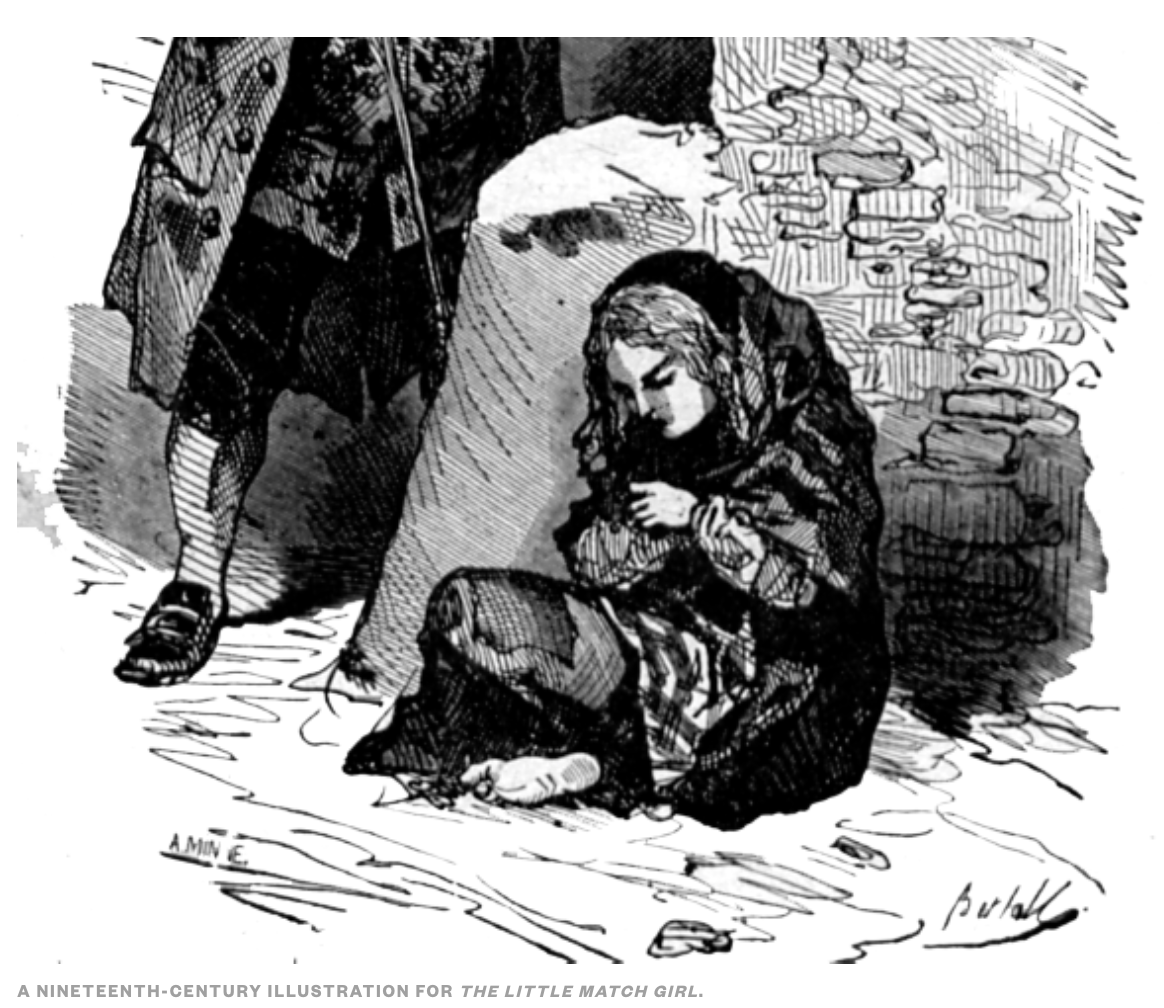Review of Sophie’s Key

From the blurb of Sophie’s Key, I don’t know why I expected this novel to be a PG-rated Time-Traveler’s-Wife-type adventure. This novel is strong on romance, light on time travel, and just the right amount of action.
Sophie Sanders is a woman looking for a new start. After inheriting a farmhouse in Mount Pleasant, Utah, she starts fixing it up. Then she steps through a door that allows her to travel approximately 120 years into the past. There, she encounters the current owner of the house, a widowed Texas Ranger, Jacob, and his daughter, Meri. As Sophie tries to adjust to her surroundings, Jacob takes her in. And wouldn’t you know it, an attraction sparks between them. Meanwhile, a mysterious woman appears with a key that Sophie must keep near her to return to her time.
The novel smartly sets the time period in 1901. That date is modern enough that the reader believes Sophie could adapt to this lifestyle, but the year 1901 is far enough in the past that it’s unfamiliar in exciting ways. The characters of Sophie and Jacob are deeper than your average romance novel. And while the time travel isn’t ignored, it’s minimized in favor of where the plot needs to focus for its protagonist. The writing adroitly conveys all Sophie’s emotions in the right amount of detail. All in all, this makes this offering a strong entry in the sub-genre of romantic time travel.
Most of the first part of the book focuses on Sophie’s predicament, how she’ll return to her time, and her growing attraction to Jacob. While the pace isn’t slow, it’s leisurely. The romance happens so early, I wasn’t sure what would happen to fill the last three-quarters of the novel. The pacing and intrigue picks up in the second half of the novel. I wish a little foreshadowing or a viewpoint change in the first half of the period piece may have set the groundwork for what was to come. Overall, though, I was captivated by the last third of the novel.
Sophie’s Key is a superior romantic novel set in an under-utilized-but-fascinating time period. The solid writing and engaging characters are a cut above most romance books. If you’re a fan of the time traveling romance genre, Sophie’s Key is worth checking out.















